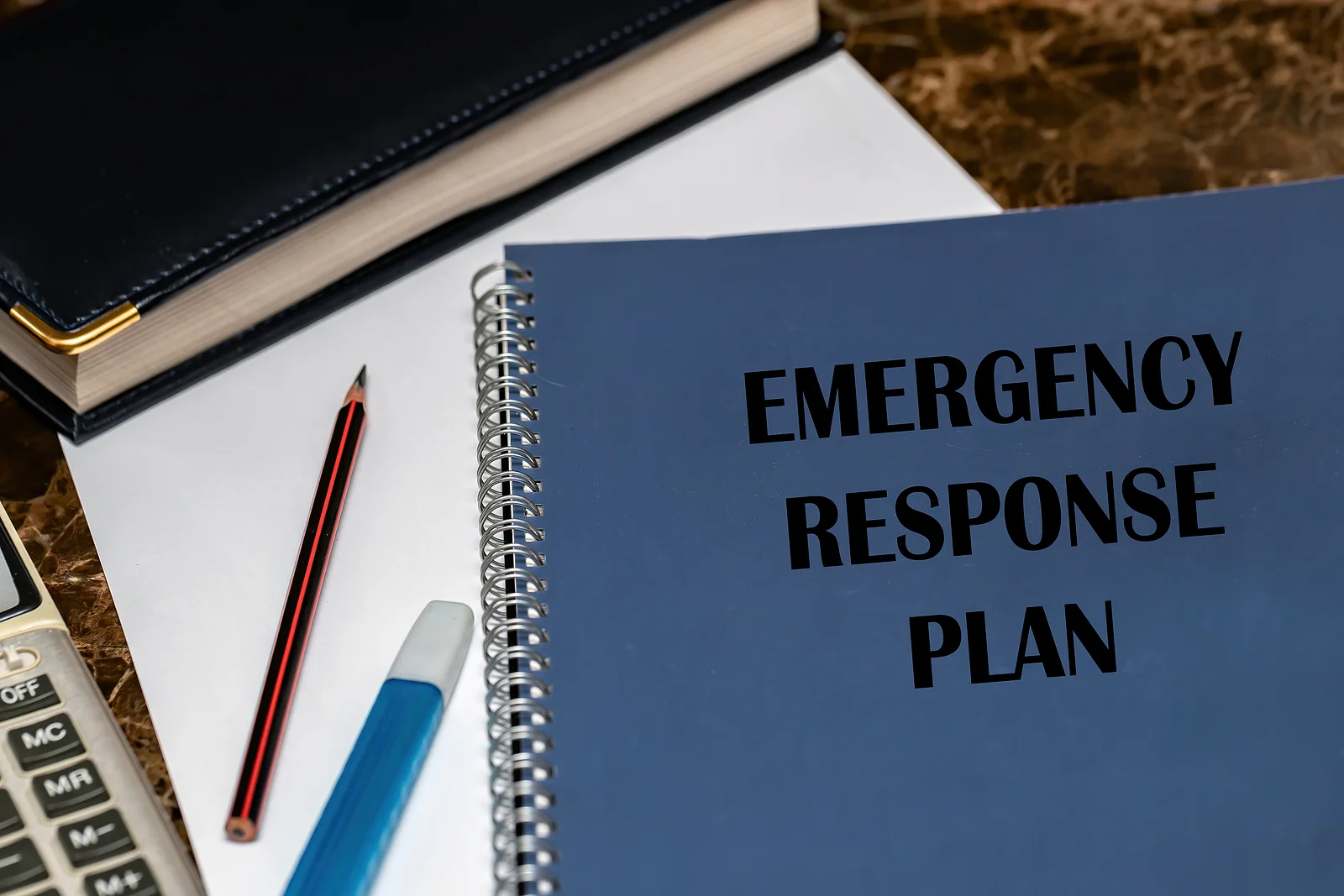
Small businesses are usually more vulnerable to unforeseen circumstances like financial challenges and natural disasters. The reason for this vulnerability can be a lack of enough resources to keep the business going after setbacks or the absence of a strong preparedness plan.
According to one report, 40% of businesses don’t reopen after a disaster due to their inability to recover.
Considering the staggering number of businesses that fail due to disasters and other unforeseen circumstances, it’s crucial that small businesses have a robust preparedness plan to protect their operations.
Here are tips on creating a small business preparedness plan.
1. Dedicate a Team to the Task
Small businesses usually don’t have much workforce, with some employees wearing many hats. If that’s the case with your business, set aside time for everyone to contribute to creating the preparedness plan.
If you have specific individuals responsible for key aspects of the business, bring them together to draft a plan that addresses critical elements of your operations.
Get your team to start working on a preparedness plan as early as possible to maintain a proactive approach.
2. Design a Simple Plan
A simple risk plan is effective because it’s easier to follow and doesn’t require much effort to keep it up-to-date. Since the plan is intended for a small business, it can be detailed without having a ton of information.
One of the methods you can use to write a simple and concise preparedness plan is to reduce the information to points that offer step-by-step tracking.
3. Identify Potential Threats
A business preparedness plan needs to be comprehensive enough to take into consideration every possible threat the business may face.
When carrying out a risk assessment to identify potential threats, explore each threat and outline steps to take to prevent it, as well as recovery measures. Let’s look at these two examples of possible risks.
Natural Hazards
Natural hazards like a fire or extreme weather can delay or shut down your operations for a long time. A response plan for threats of this kind may involve preventive measures like:
- Fire control systems
- Proper management of electrical equipment
- Accessible exits
- Remote operation plan
- Commercial property insurance
Burglary and Vandalism
Many small businesses are vulnerable to burglary and vandalism because of the assumption that they lack adequate security systems. These criminal activities can easily put SMEs out of business if the loss and damage are significant.
Preventive measures for these threats may involve investing in video surveillance, an alarm system, and automatic door locks. You may also want to hire a security guard and, depending on the threat level, decide on armed vs unarmed security.
4. Create a Data Backup
You likely already backup your data regularly, which is great. If you don’t or you keep everything in one place, you are exposing your business to risks.
Threats like cyber attacks, fire, or flooding can result in the loss of data through physical damage or file corruption. As part of your preparedness plan, store data, especially critical info, in various formats. Maintain an automated backup in the cloud.
In the event of a disaster, protected info critical to the business will come in handy during the recovery process.
5. Create a Communication Strategy
Seamless communication is critical during an emergency, as quick response can make all the difference. You want to be able to reach key individuals to cooperate on an action plan.
Come up with a strategy to navigate disruptions in communication systems since a disaster can knock out communication infrastructure.
Stable communication during a crisis can help in notifying suppliers, investors, and even clients.
6. Establish Inventory Protection
Loss of inventory for a small business with limited resources can be devastating. It’s important that SMEs take measures to safeguard inventory based on hazards that generally occur in the area.
In your preparedness plan, outline steps to secure your goods from possible hazards. These steps may include:
- Establishing alternative transportation
- Setting up an emergency storage facility
- Identifying backup suppliers
In addition, outline steps to replace your inventory in the event of loss.
8. Update Your Plan Regularly
Creating a preparedness plan and forgetting it on the shelf won’t do your business any good. It’s important to run through the scenarios now and then to see if the plan still matches your needs.
Go through the plan at least once a year, as it will help in keeping the document updated. As the business grows or changes occur, you may want to revisit your plan to see if it requires further adjustment.
You may also want to retrain your employees to comply with new changes in the plan document.
Final Takeaway
Every business requires a preparedness plan, but even more so, a small business. You may not know what the future holds, but having a plan allows you to prepare for potential threats. The above tips can help you draft a reliable strategy to safeguard your small business.






